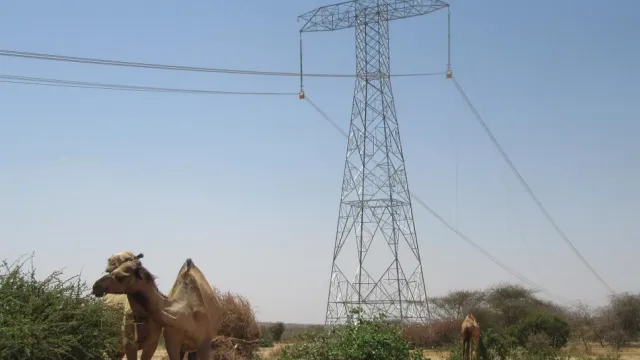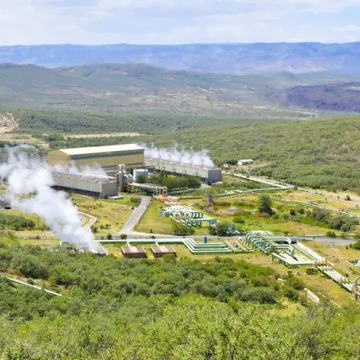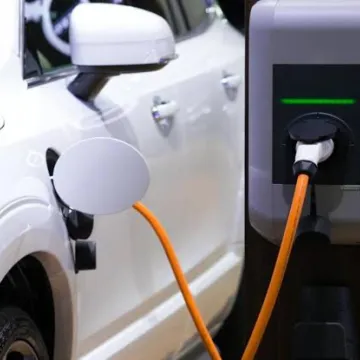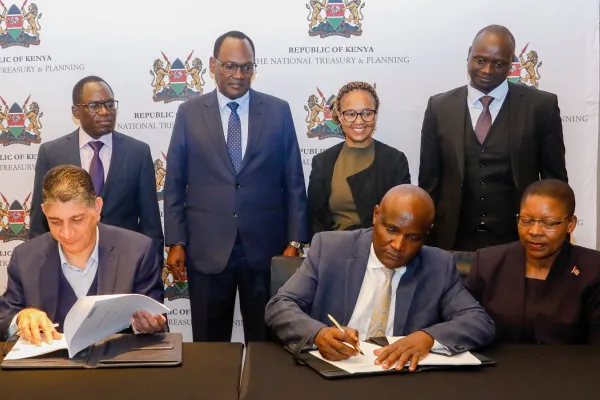Kenya doubles electricity imports in just six months

Energy and Petroleum Regulatory Authority (EPRA) says increase in Kenya's electricity imports between June and December 2024 was attributable a rise in energy demand during the period and a decline in geothermal power generation at the same time.
Kenya’s electricity imports rose by 79.4 percent from 419.13 gigawatt hours to 751.95 gigawatt hours in the six months to December 2024 compared to the corresponding half in 2023.
According to the Energy and Petroleum Regulatory Authority (EPRA), the increase was attributable increase in electricity demand during the period and a decline in geothermal power generation at the same time.
EPRA said the highest energy imports were recorded in November at 134.18GWh, while the lowest occurred in July at 106.11GWh.
“Electricity imports accounted for 10.41 percent of total consumption in the current period, up from 6.16 percent in the previous financial year. This increase is primarily due to the full commercial operation of electricity imports from Ethiopia.
“Additionally, on 13th December 2024, energy exchange with Tanzania commenced, marking an important milestone in enhancing regional interconnectivity within the East African Community (EAC),” said Kiptoo Bargoria, EPRA Director General.
The industry watchdog expects additional electricity imports from Tanzania to be facilitated by the Isinya-Arusha-Singida 400kV line which was commissioned in December last year as full commercial operation of the line under the exchange agreement is yet to begin.
EPRA also noted a decline in geothermal generation during the period which has been attributed to the shutdown of the 45MW Olkaria I power plant to allow for rehabilitation and an increase in electricity imports from Ethiopia.
Additionally, the biannual sector report for the FY2024/25 shows that power production from solar and wind during the period under review dipped 5.5 and 0.1 percent respectively. Energy generated from interconnected solar PV systems decreased to 227.82GWh from 240.99GWh in the corresponding period of the previous year.
On the other hand, wind energy contributed 971.90GWh to the interconnected grid, down from 972.82GWh in the corresponding period in 2023. Production from the country’s dams, however, increased 16.5 percent to 1,786.9GWh from 1,534.01GWh.
The Epra report also shows a surge in electricity consumption during the period. “As economic activities expanded, energy utilization across the country saw a notable increase compared to a similar period in the previous financial year, with half-year consumption reaching 7,222.37GWh. Peak demand remained above 2,200 MW, hitting a high of 2,288.35MW on 29th October 2024.”
Notably, 81.16 per cent of the energy supplied to Kenya's national grid in the half under review was obtained from renewable energy sources. Thermal plants accounted for 8.42 percent while 10.41 percent was imported.
Kenya’s installed capacity stood at 3,811.6MW out of which geothermal power accounted for 26.13 percent, hydro 24.16 percent and thermal power 17.36 percent.
Further, captive power capacity, which mainly comprises biomass, solar and hydro, stood at 574.6MW accounting for 15.04 percent of the country’s total installed capacity.





